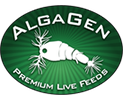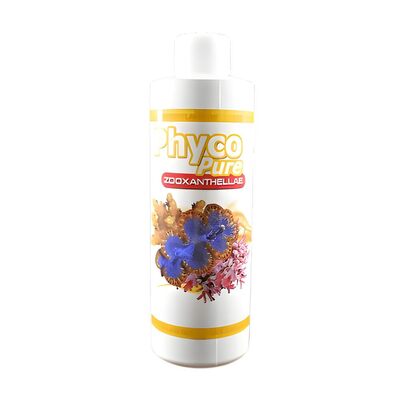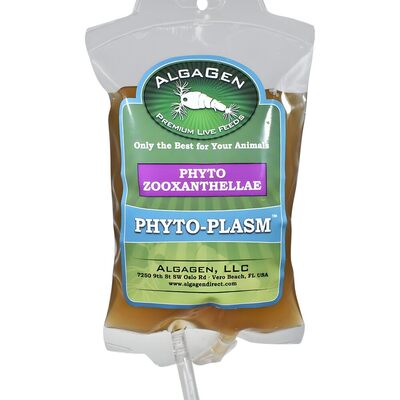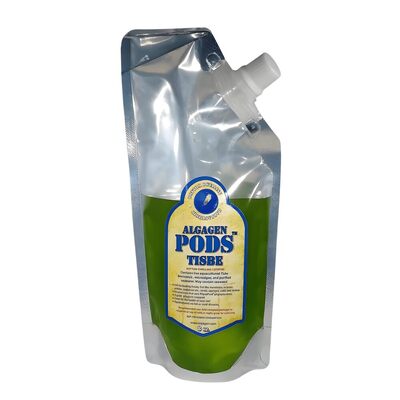Copepods, tiny crustaceans pivotal in aquatic ecosystems, exhibit a remarkable diversity that plays critical roles in marine and freshwater habitats. Understanding the types of copepods enhances our knowledge of ecological dynamics, marine food webs, and the potential applications in aquaculture.
What Are Copepods?
Copepods are a group of small crustaceans found in nearly every aquatic environment. They are a significant part of the zooplankton community, which consists of microscopic organisms drifting in water. Copepods are incredibly diverse, with over 13,000 known species classified into different orders and families. These microcrustaceans are essential in the aquatic food chain, and they serve as a primary food source for many larger species, including fish and whales.
Major Types of Copepods
1. Calanoid Copepods
Calanoid copepods are the most studied and widespread type. They are easily recognizable by their long antennae, which they use for swimming. Calanoids are primarily found in marine environments, though some species inhabit freshwater. They feed mainly on phytoplankton, making them crucial to transferring energy from primary producers to higher trophic levels.
- Habitat: Predominantly marine, some freshwater species.
- Diet: Phytoplankton and small organic particles.
- Importance: Key link in the marine food web.
2. Cyclopoid Copepods
Cyclopoid copepods are characterized by their shorter antennae than calanoids and a robust, stout body. They are commonly found in both marine and freshwater environments. Cyclopoids have a varied diet, including detritus, small invertebrates, and phytoplankton.
- Habitat: Marine and freshwater.
- Diet: Omnivorous – phytoplankton, detritus, small invertebrates.
- Importance: Versatile feeders are necessary for both detrital and grazing food chains.
3. Harpacticoid Copepods
Harpacticoid copepods are primarily benthic, meaning they live on or near the seabed. They have shorter bodies and are less frequently found in the water column than calanoids and cyclopoids. Harpacticoids are essential in benthic ecosystems as they feed on detritus and microorganisms.
- Habitat: Benthic zones in marine and freshwater.
- Diet: Detritus and microorganisms.
- Importance: Critical in nutrient recycling and sediment turnover.
Role of Copepods in Aquaculture
Copepods are invaluable in aquaculture due to their high nutritional value and role as Live Feeds. They are very rich in essential fatty acids, which are crucial for the growth and development of many marine species. Copepods are often used in aquaculture to feed larval fish and crustaceans, significantly enhancing survival rates and growth performance.
- Nutritional Value: High in essential fatty acids.
- Application: Used as live feed for larval stages of fish and crustaceans.
- Benefits: Improve survival rates and growth in aquaculture species.
Ecological Importance of Copepods
Copepods play a critical role in aquatic ecosystems. By grazing on phytoplankton, they help control algal blooms and maintain water quality. Their feeding activities also contribute to the cycling of nutrients, supporting the productivity of aquatic environments. Furthermore, as a primary food source for many larger species, copepods are integral to the stability and diversity of marine and freshwater food webs.
- Algal Control: Regulate phytoplankton populations.
- Nutrient Cycling: Facilitate the recycling of nutrients.
- Food Source: Essential prey for a wide range of aquatic organisms.
Copepods and Environmental Monitoring
Due to their sensitivity to environmental changes, copepods are excellent indicators of water quality and ecosystem health. Changes in copepod populations can signal shifts in water temperature, salinity, and pollution levels. Therefore, monitoring copepod communities is valuable in environmental assessment and marine conservation.
- Indicators of Change: Sensitive to environmental fluctuations.
- Water Quality Monitoring: Reflect changes in pollution and water conditions.
- Conservation Tool: Aid in assessing ecosystem health and stability.
Culturing Copepods for Research and Aquaculture
Culturing copepods involves maintaining populations under controlled conditions to provide a continuous supply for research and aquaculture. Successful cultures require precise water quality, temperature, and food supply control to ensure healthy and productive copepod populations. This process supports ongoing scientific studies and the aquaculture industry, enhancing our understanding and utilization of these tiny marvels.
- Controlled Environment: Requires specific water quality and temperature control.
- Sustainable Supply: Provides consistent resources for research and aquaculture.
- Scientific Value: Supports studies on marine ecology and aquaculture efficiency.
In conclusion, the types of copepods play indispensable roles in aquatic ecosystems and aquaculture. Their diversity and ecological functions make them a fascinating subject of study and a vital component of marine and freshwater environments. Understanding and harnessing the potential of copepods can lead to significant advancements in marine biology, environmental monitoring, and aquaculture practices.





Recent post